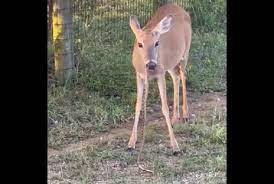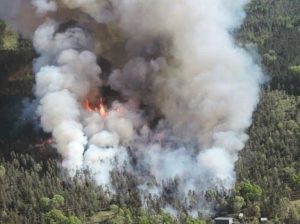The Wildlife Photographer of the year 2020 was announced on
Thursday. The title winners for the year were: Sergey Gorshkov in the adult
category; while Liina Heikkinen was awarded in the young category. Liina Heikkinen was declared the winner in the junior category for her image of ‘The Fox that got the goose’.
Gorshkov spent his early years in a Siberian village, and discovered
“photography as a way to re-engage with nature,” as per the National History
Museum website. Gorshkov’s image ‘The Embrace’ was captured after 10
months long wait.
Sergey scoured the forest for signs of Amur, or Siberian tigers,
searching for the best place to set up his camera. Captured on a Nikon Z7, the
image captures a rare glimpse of the magnificent tiger in its wild habitat.
Gorshkov stated that the chances of photographing a wild cat
in its natural habitat were slim, but his mind was made up. “From then
on, I could think of nothing else,” Sergey told the National History
Museum of United Kingdom.

The Museum states that the solitary cats “exchange vital
information, such as the need for mates, by leaving scent, hairs, urine and
other markers on prominent spots, including tree trunks.”
It added, “In the far east of Russia, a
population of around 500 Amur tigers persists, occupying a fragment of its
former land. Under threat from habitat loss and poaching, these tigers are
close to extinction.”
Liina Heikkinen’s image, ‘The Fox that got the
goose’, was awarded the best picture in the 15-17 year category of Young
Winners. The image was captured by Lina when she and her father spent the day
at a fox hotspot on one of Helsinki’s islands.
She told the National Museum of UK that she watched as two
adults came and went, delivering food to their ever-alert and relentlessly
hungry cubs.
She stated, “When one brought home a barnacle goose, the
cubs began to fight over it excitedly.” Liina followed the ‘winner’ as it retreated to
devour its prize.
The image was captured on a Nikon D4, at an aperture of 1/125
sec at f5.6.
The Museum further stated,
“Foxes are born in the spring
and are similar to adult size by summer. At around four weeks old, they start
to hunt insects and earthworms, but that isn’t enough to sustain them, so their
parents provide mammals and birds.”

It added, ” Foxes’
diets vary depending on their home: crabs, rabbits, fruit, birds and household
waste are all potential food options.”
Liina comes from a family of
“wildlife photographers” and spent much of her childhood
“immersed in Finland’s nature.”






